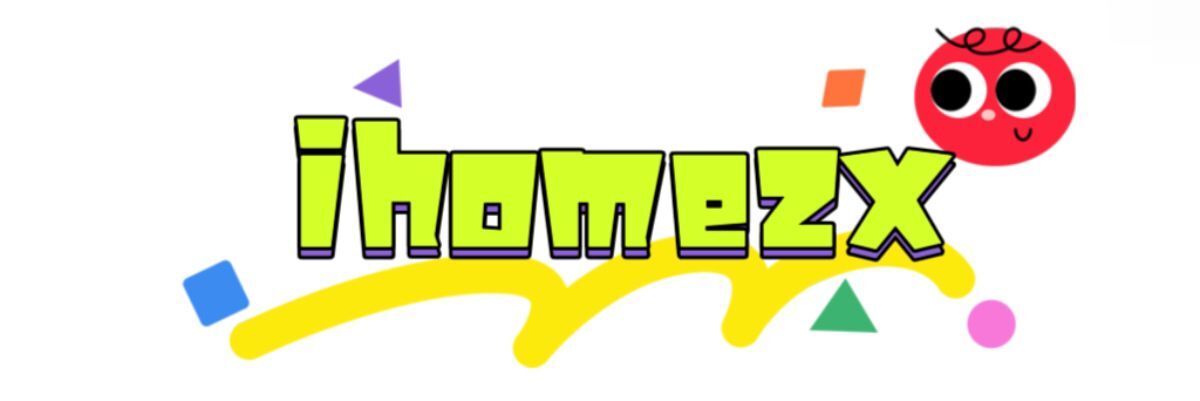Reusable Seed Starters vs. Traditional Methods: Which is Better?
For gardening enthusiasts and aspiring green thumbs alike, starting seeds is a crucial part of growing healthy plants. The method you choose to use can greatly impact your success rate and overall gardening experience. In this article, we’ll delve into the merits of reusable seed starters compared to traditional methods, providing you with the insights you need to make an informed choice.
Understanding Traditional Seed Starting Methods
Traditional methods typically involve using single-use containers such as peat pots, seed trays, or egg cartons. While these methods have been around for a long time, they come with their own set of challenges:
- Waste Production: Many traditional containers contribute to landfill waste, especially those made from non-biodegradable materials.
- Soil Disruption: Transferring seedlings from one container to another can disrupt their roots, leading to transplant shock and stunted growth.
- Cost Over Time: Continuously purchasing new containers can add up, making traditional methods more expensive in the long run.
The Advantages of Reusable Seed Starters
Recently, the gardening community has gravitated towards reusable seed starters, and for good reasons. Here are the key advantages you can expect:
Environmental Impact
One of the most significant benefits of reusable seed starters is their eco-friendliness. Made from durable materials, these seed starters are designed to be cleaned and used for multiple seasons. This not only reduces landfill waste but also promotes sustainable gardening practices.
Cost-Effectiveness
While the initial investment in reusable seed starters may be higher than traditional methods, they are cost-effective over time. Given their longevity, you’ll find yourself spending less money annually as you won’t need to continuously purchase disposable containers.
Ease of Use
Reusable seed starters often come with features that enhance usability. Many are designed with drainage systems that prevent overwatering, while others have built-in labels to help keep track of different plant varieties. This can save you time and effort as you nurture your seedlings.
Customer Concerns Addressed
Transitioning to reusable seed starters may raise some questions and concerns for customers:
- Are they easy to clean? Yes, most reusable seed starters are designed for easy cleaning. Materials like plastic or silicone can be washed with soap and water, ensuring that they are free from pathogens before reusing.
- Will my seeds grow as well? Absolutely! Reusable seed starters provide a stable environment for seed germination, allowing for healthy root development. Many gardeners report even better results than with traditional methods.
- What about upfront costs? Though they may cost more initially, consider them an investment in your gardening future. The savings accumulated over time from not needing to repurchase containers can be significant.
Conclusion: Making the Right Choice for Your Garden
When it comes to seed starting, both traditional methods and reusable seed starters have their merits. However, the numerous advantages of reusable options—especially in terms of sustainability, cost-effectiveness, and enhanced usability—make them a compelling choice for modern gardeners. By addressing common concerns and showcasing the value of durable solutions, it’s clear that reusable seed starters are an advantageous investment for your gardening efforts. Make informed decisions and cultivate your green space with confidence!


Comments